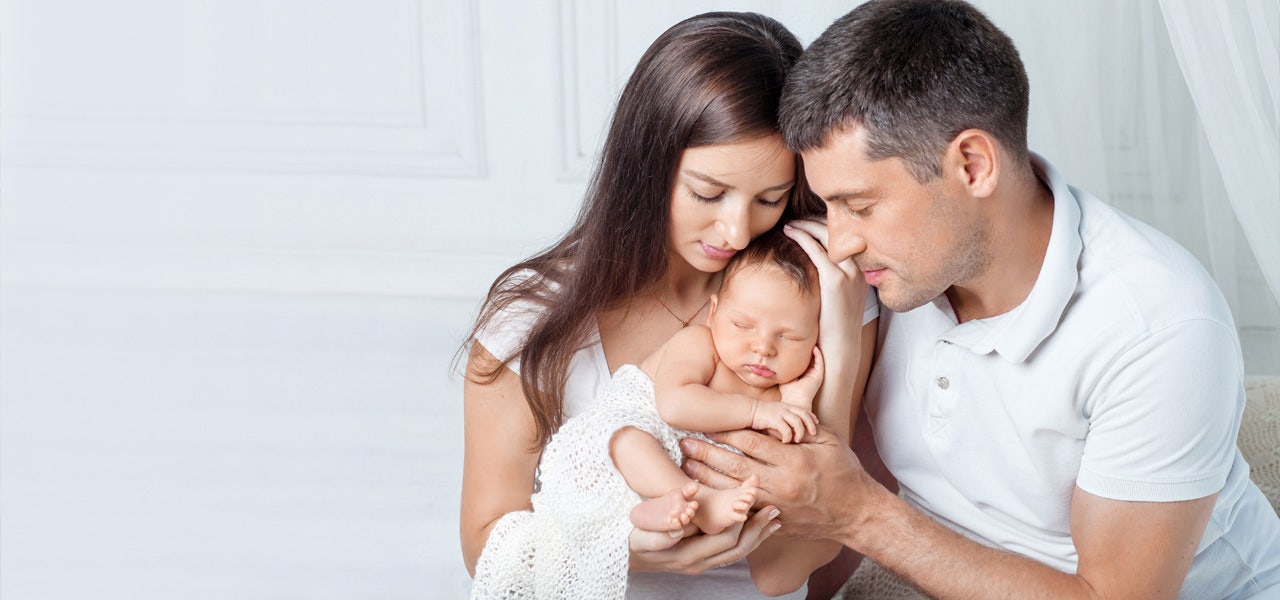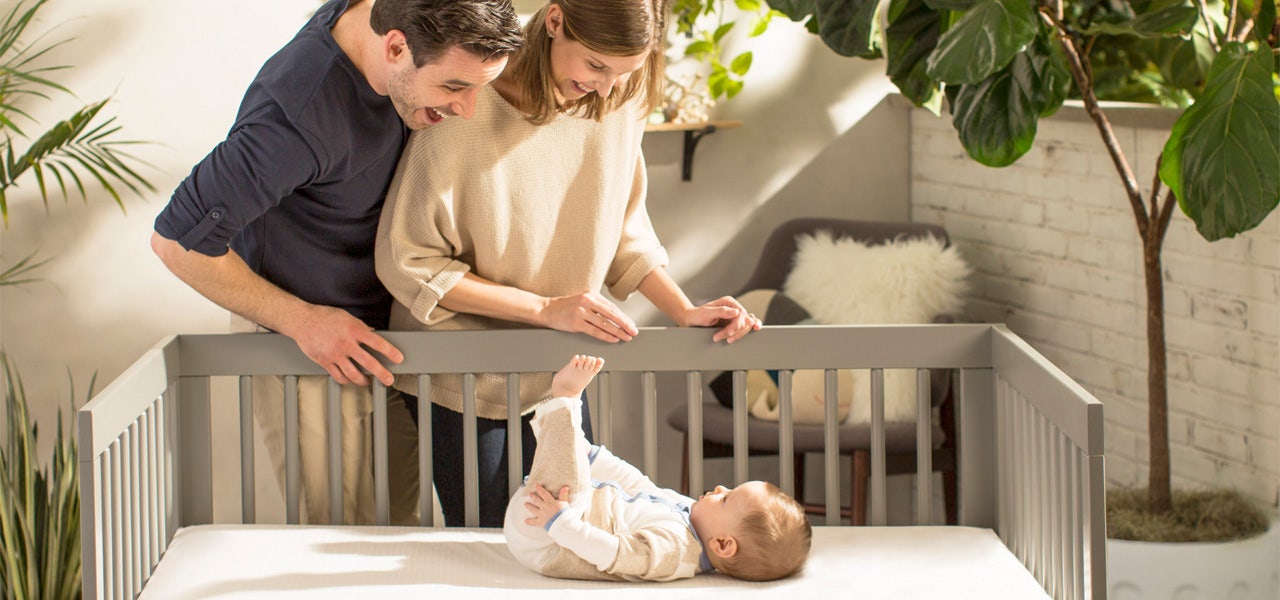Understanding what’s in our household and everyday products can be, well, really confusing. Chances are, even when you try to read into a product’s ingredient label and do some research, your head is left spinning, hopelessly trying to decipher what any of it means.
We get it. Navigating the chemical world can feel like learning a foreign language and studying for a mid-term chemistry exam, all at once. Plus, throw in misleading company greenwashing claims, and the confusion only multiplies.
For expecting and new parents desperately trying to identify safe, healthy, trustworthy products for their little one, this is particularly frustrating. At Naturepedic, we’re happy to take on the job of being your chemical tutors, because when it comes to the health and safety of your baby, we understand there’s no room for compromise.
In their early years of life, babies will spend 10-16 hours a day sleeping, so getting an organic crib mattress you can trust is one of the most important purchases you can make. However, the unfortunate reality is that most crib mattresses on the market are made with questionable, hazardous chemicals and materials, many of which have been linked to health and developmental issues in babies. Numerous studies have consistently shown that eliminating toxic chemicals from babies' surroundings is critical for their healthy development.
What Chemicals Should I Be Concerned About?


Sadly, there are a lot. Currently, there are over 85,000 chemicals used in the U.S., most of which have not been adequately tested for their effects on human health. On average, only 10-15 chemicals are tested by the government per year. While, recently, there has been great progress in banning certain chemicals, manufacturers often tweak the formulas to come up with new chemicals that may be just as bad but technically legal – this is called "regrettable substitution."
In the crib mattress world, common chemicals and materials of concern include phthalates, formaldehyde, PFCs/PFAS, polyurethane foam, flame retardants and chemical flame barriers, and glues / adhesives. Let’s dig into some of them:
What are phthalates?
Phthalates (pronounced tha-layt) are plasticizers. They are typically used in crib mattresses to help achieve their waterproofing properties. This makes crib mattresses one of the largest sources of phthalate exposure to babies, especially as these chemicals can off-gas into air they breathe in. This is particularly concerning as phthalates have been linked to serious developmental issues.
And PFAS?
Known as perflourinated compounds, PFAS are a large group of synthetic chemicals used in everyday materials, especially crib mattresses, again for their waterproofing properties. PFAS are called “forever chemicals” because they don’t degrade in nature. Studies are increasingly linking PFAS to serious health concerns, including kidney cancer, lowered birth weights and effects on the immune system, and some states like Maine are even working to ban them.
Because crib mattresses need to be waterproof for hygienic safety, Naturepedic invented a better waterproofing solution that eliminates phthalates and PFAS entirely. Instead, we utilize food-grade non-GMO polyethylene to achieve the most nontoxic waterproofing on the market. It’s also well-regarded by respected environmental organizations.
What about Flame Retardants?
Flame retardants are chemicals that are added to building materials, electronics, mattresses and furniture with the intention of preventing or slowing fires. However, flame retardants have been linked to:
- Neurological impairments
- Hormone disruption
- Decreased fertility
- Cancer
While it’s true that the mattresses have to pass relatively strict flammability tests, there’s no requirement that flame retardants must actually be used. Research baby products before you buy them to make sure you select items made without flame retardants. Naturepedic mattresses meet all fire safety standards without any flame retardant chemicals or flame barriers whatsoever.
“Infants spend a majority of their time in contact with these products, that contain flame retardants unfortunately. This is a really important question considering that this is a probable human carcinogen.”
Heather Stapleton, Chair, EEH Program, Duke University


The Power of Organic
If you’re feeling scared, lost or overwhelmed by all this information, don’t worry! There are solutions out there. By choosing a certified organic crib mattress, exposure to these questionable chemicals can be avoided. This is especially important if you’re hopping on the breathable crib mattress trend.
Remember, if the baby can breathe through the entire mattress, and if chemicals of concern are being used, it begs the question – what exactly is the baby breathing in?
That’s why, at Naturepedic, we believe in the power of knowledge and the power of organic. When shopping for a crib mattress, look for reputable third-party certifications like Global Organic Textile Standard (GOTS) and MADE SAFE. Other resources include industry guides and reports like:
The bottom line is that baby products don't need to be made with these chemicals. We've shown everyone that you can make products without toxic chemicals and materials, and we're working to change the system and stop the cycle of introducing them into our homes and our families. With Naturepedic, you can rest assured knowing all of our breathable crib mattresses are:
- GREENGUARD GOLD certified
- GOTS-certified organic
- MADE SAFE certified nontoxic
- Free of questionable chemicals and materials
Learn more about our organic, breathable crib mattresses so your little one can Breathe SafeTM when sleeping.
 BABY
BABY  KIDS
KIDS  ADULT
ADULT  LEARN
LEARN  STORES
STORES 